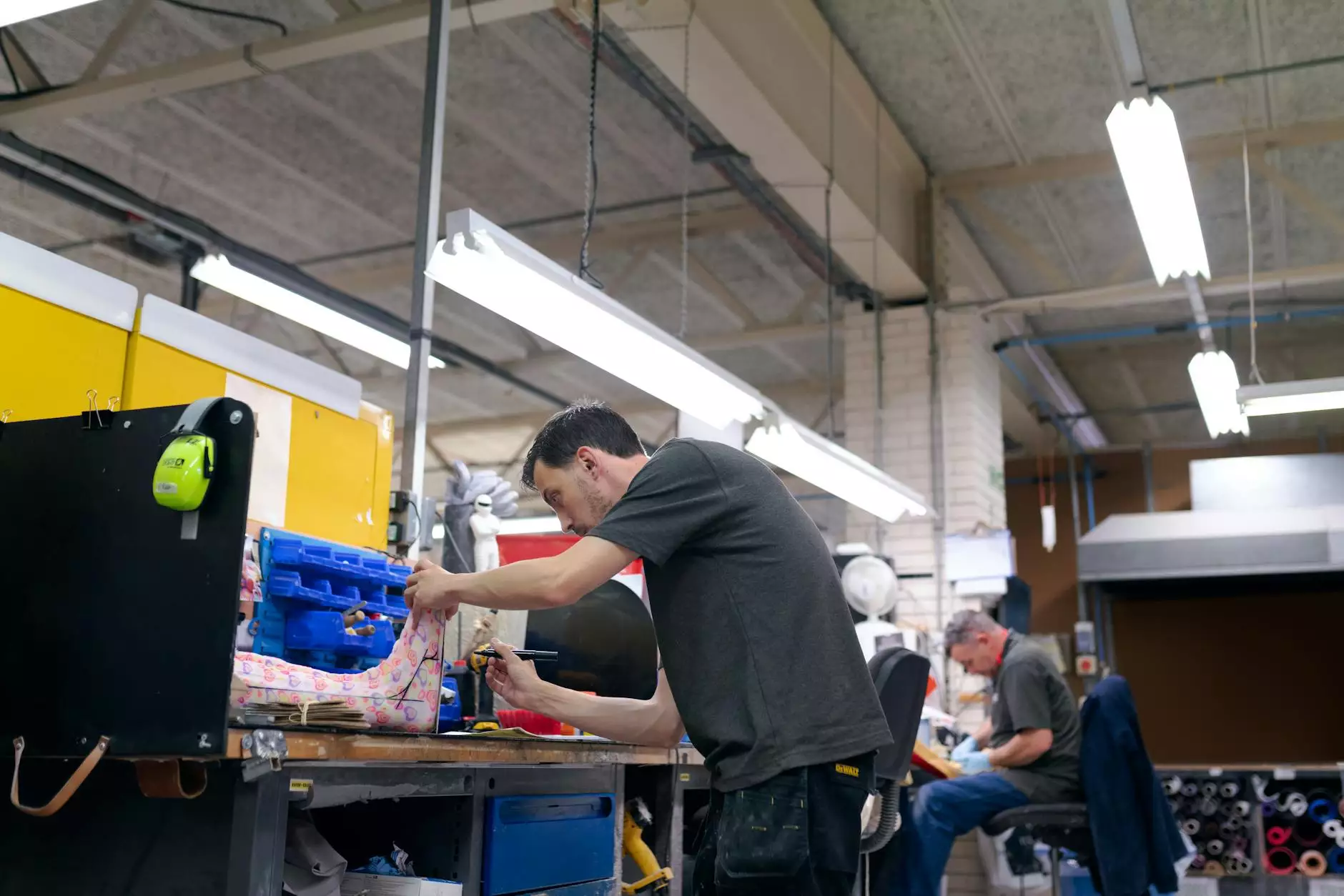Flat Feet Correction: Effective Solutions for a Healthier Life

Flat feet, also known as pes planus or fallen arches, is a common condition where the arches of the feet are lower than usual or completely flat. This condition can lead to various discomforts and complications throughout the body. Proper flat feet correction not only enhances mobility but significantly improves overall health and well-being. In this article, we will delve into various aspects of flat feet correction, examining treatment options, preventative measures, and expert advice from podiatrists.
Understanding Flat Feet
Flat feet can occur for a variety of reasons, including genetics, injury, or health conditions such as arthritis. Individuals with flat feet may experience difficulties in certain activities, particularly those that involve running or standing for extended periods. Understanding the underlying causes of flat feet is essential to pursue effective flat feet correction methods.
The Importance of Proper Arch Support
The arch of the foot plays a pivotal role in distributing weight, absorbing shock, and maintaining balance. When feet are flat, this natural function is compromised, leading to pain not only in the feet but also in the ankles, knees, hips, and lower back. Thus, proper arch support is crucial for anyone dealing with flat feet.
Symptoms of Flat Feet
Recognizing the symptoms of flat feet is an essential step toward seeking appropriate treatment. Common symptoms include:
- Foot Pain: Discomfort in the arches or heels, especially after activities.
- Swelling: Inflammation around the foot and ankles.
- Imbalance: Difficulty maintaining balance during activities.
- Fatigue: Tiredness in the feet after standing or walking.
Diagnosis: When to See a Podiatrist
If you suspect you have flat feet or are experiencing any of the symptoms mentioned, it is advisable to consult a podiatrist. During the assessment, your podiatrist will perform a physical examination and may recommend imaging tests like X-rays to better understand the structure of your feet. Accurate diagnosis is critical for determining the most effective approach to flat feet correction.
Comprehensive Treatment Options
There are various treatment options available for flat feet, ranging from non-invasive measures to surgical interventions. Let’s explore the different types:
1. Orthotics: Custom Footwear Solutions
Orthotics are specially designed insoles that provide support and cushioning to flat feet. They are custom-made according to individual foot structures and can dramatically alleviate pain while enhancing mobility. Over-the-counter orthotics may also benefit milder cases of flat feet.
2. Physical Therapy: Building Strength and Flexibility
Engaging in targeted physical therapy exercises can strengthen the muscles supporting the arches of the feet. A physical therapist can guide you through exercises tailored to improve flexibility, strength, and overall foot function. Common exercises include:
- Toe Raises: Strengthen the muscles in the feet and ankles.
- Arch Lifts: Help engage and strengthen the arch muscles.
- Calf Stretches: Improve flexibility and alleviate tension in the lower legs.
3. Lifestyle Modifications: Everyday Changes for Better Foot Health
Incorporating simple lifestyle changes can aid in flat feet correction. Here are some recommendations:
- Choosing the Right Footwear: Invest in well-fitted shoes that provide adequate support and cushioning.
- Maintaining a Healthy Weight: Reducing excess weight can alleviate stress on the feet.
- Avoid High-Impact Activities: Participate in low-impact exercises (e.g., swimming, cycling) to reduce foot strain.
4. Medications: Managing Pain and Inflammation
If you experience significant pain due to flat feet, over-the-counter anti-inflammatory medications may alleviate discomfort. Always consult a healthcare professional before starting any medication regimen.
5. Surgical Options: When Conservative Treatment Fails
In severe cases where non-invasive treatments do not yield satisfactory results, surgery may be recommended. Surgical options can include:
- Osteotomy: Realigning the bones in the foot to create a more normal arch.
- Arthrodesis: Fusing joints in the foot to provide stability.
- Tendon Transfer: Repositioning tendons to enhance arch support.
Preventing Flat Feet in Children
Flat feet can also develop in childhood, and early intervention is vital for prevention. Parents should encourage:
- Footwear Choices: Ensure children wear supportive shoes as they grow.
- Encouraging Activity: Promote outdoor play to strengthen foot and leg muscles.
- Regular Check-ups: Schedule routine pediatric check-ups to monitor foot health.
The Holistic Approach to Flat Feet Correction
Correcting flat feet often requires a holistic approach that combines physical, lifestyle, and psychological elements. By addressing the physical conditions and influencing lifestyle habits, individuals can effectively manage and correct flat feet symptoms.
Maintaining a Mindset for Recovery
Addressing any foot-related issues requires patience and consistency. Emphasizing self-care and maintaining a positive mindset can significantly impact the success rate of flat feet correction efforts. Consider joining support groups or online forums to share experiences and gather insights from others facing similar challenges.
Conclusion: Embrace Your Journey to Recovery
Flat feet correction is a journey that involves understanding your unique foot structure and implementing effective solutions. From orthotics to improving lifestyle choices and exploring surgical options, there are many paths towards alleviating discomfort associated with flat feet. Remember, consulting a qualified podiatrist is fundamental to receiving an accurate diagnosis and personalized treatment plan. Embrace these strategies for a healthier foot and a more active life!
Take Action Today!
Ready to take the next step towards addressing your flat feet? Reach out to The Foot Practice to book an appointment with a dedicated podiatrist who can provide personalized care and treatment options for your foot health! Investing in your feet today will pave the way for a more comfortable and active tomorrow.









